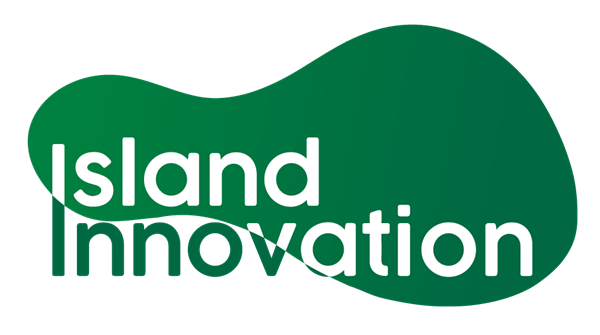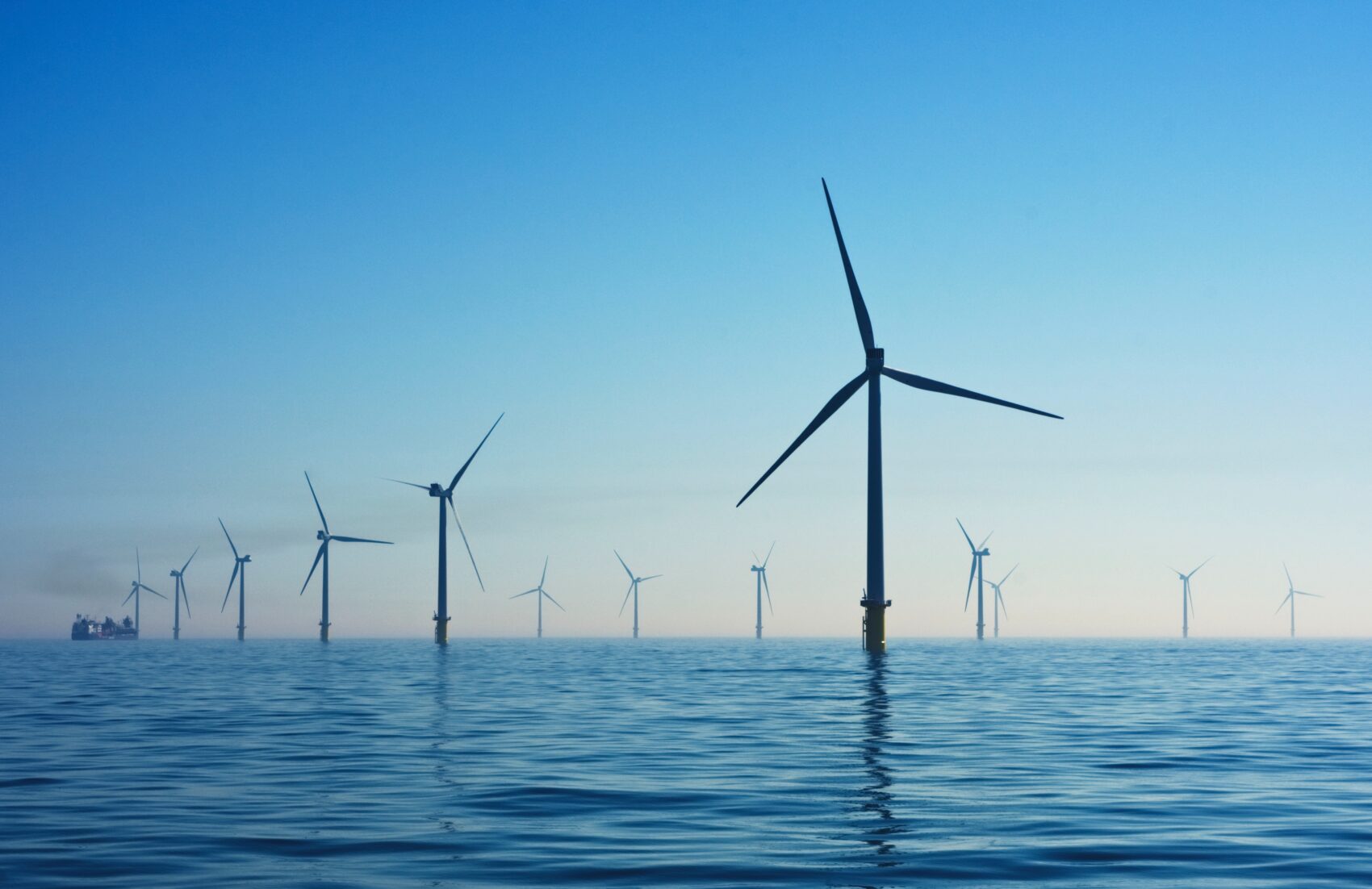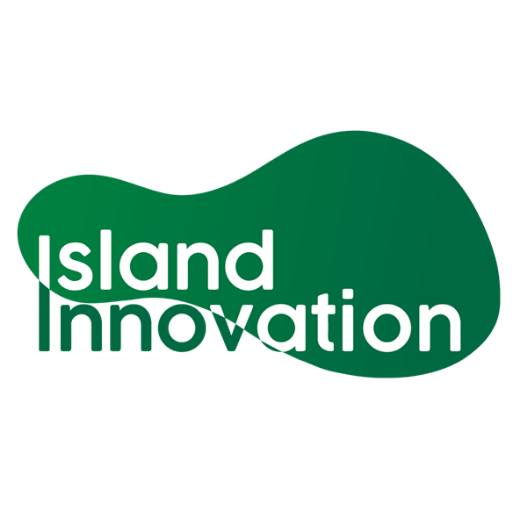The Danish island of Samsø became entirely powered by wind energy in early 2000, providing a template for other regions across Europe to follow. Samsø residents now boast a carbon footprint of negative 12 tons compared to the Danish average of 6.2 and the Americans’ 16.4.
Why are islands pioneering renewable energy?
Islands have long been known as creating laboratories for evolution since the evolutionary trends spotted in islands lead to Charles Darwin’s theory of evolution. Unusual animals like giant tortoises, the dodo and the kiwi have all evolved in the isolation of islands.
These same geographical traits mean that islands can also be a laboratory for innovation and entrepreneurship, particularly for renewables. Comparative remoteness and isolation means that islanders are resourceful people who will ‘make do’ with the limited resources they have at their disposal to find innovative ways to maximize the utility of their assets.
Islanders across the world are now innovating in the energy sector. In Europe, Samsø is not the only island leading the renewable revolution. The Isle of Eigg in Scotland earned the title of “greenest island in the world” after becoming completely self-sufficient with wind and solar energy. Also in Scotland, Orkney is home to the European Marine Energy Center which is pioneering advancements in wave and tidal energy with the hope of providing a blueprint that can spread across the continent.
On many islands, electricity can cost 5 to 10 times the price paid in mainland areas. Islands typically have extremely high energy costs due to a lack of economies of scale and expensive fuel imports. On many islands, inefficient diesel generators have traditionally generated electricity. The high cost of diesel is an incentive to innovate new solutions.
Despite the upfront cost of installation, renewable energy projects on islands can pay for themselves in as little as three years and free up capital in the long run for other needs.
The importance of SIDS
Small Island Developing States (SIDS) are a group of countries that have committed to renewable energy solutions. These islands countries make up almost one quarter of United Nations member states, but account for just 1% of the total global population. SIDS were some of the most vocal campaigners at the Paris Climate Summit and continue to be leaders in calling for emissions cuts. By making groundbreaking efforts to convert to renewable energy, SIDS are also changing the discourse on renewables.
The Pacific nation of Tokelau became the world’s first country to be 100% solar powered in 2012 by launching a pioneering project to ditch its diesel habit. This project helped to convince SIDS of the need to go solar and now many have ambitious renewable energy goals. From Fiji to the Seychelles to Cape Verde to Jamaica, SIDS are launching ambitious programs to revolutionize economies through renewables, many with goals of reaching 100% by 2030.
Why islands must lead the way
Islands are at the forefront of the impacts of climate change and some are threatened with disappearing entirely due to sea-level rise. Most islands are heavily dependent on their coastal resources and impacts include an increased risk of natural disaster, warmer temperatures, coral bleaching and new diseases. Perversely, island communities are also the smallest contributors to global carbon emissions.
This means that islands have an incentive to demonstrate leadership and provide solutions that can be replicated worldwide. Acknowledging that their efforts have minimal impact on global mitigation, islanders want to lead by example to gain the moral high ground at international climate negotiations. Conspicuous sustainability allows islands to gain leverage in international negotiations and make both economic and political sense.
Renewable energy is not just about mitigation, but can also improve quality of life. Both Tokelau and Eigg are examples of communities that only reached 24-hour electricity after installing renewable energy. With a changing climate now seen as inevitable, renewable energy is also an adaptation mechanism for climate change that can make communities more resilient and less dependent on fuel imports.
Of course, there are challenges in the road ahead for island communities. More remote islands often have difficulty retaining technical experts, importing spare parts and conducting repairs. This means that any renewable energy development must occur alongside skills training and development to ensure the projects can live out their full lifespan.




